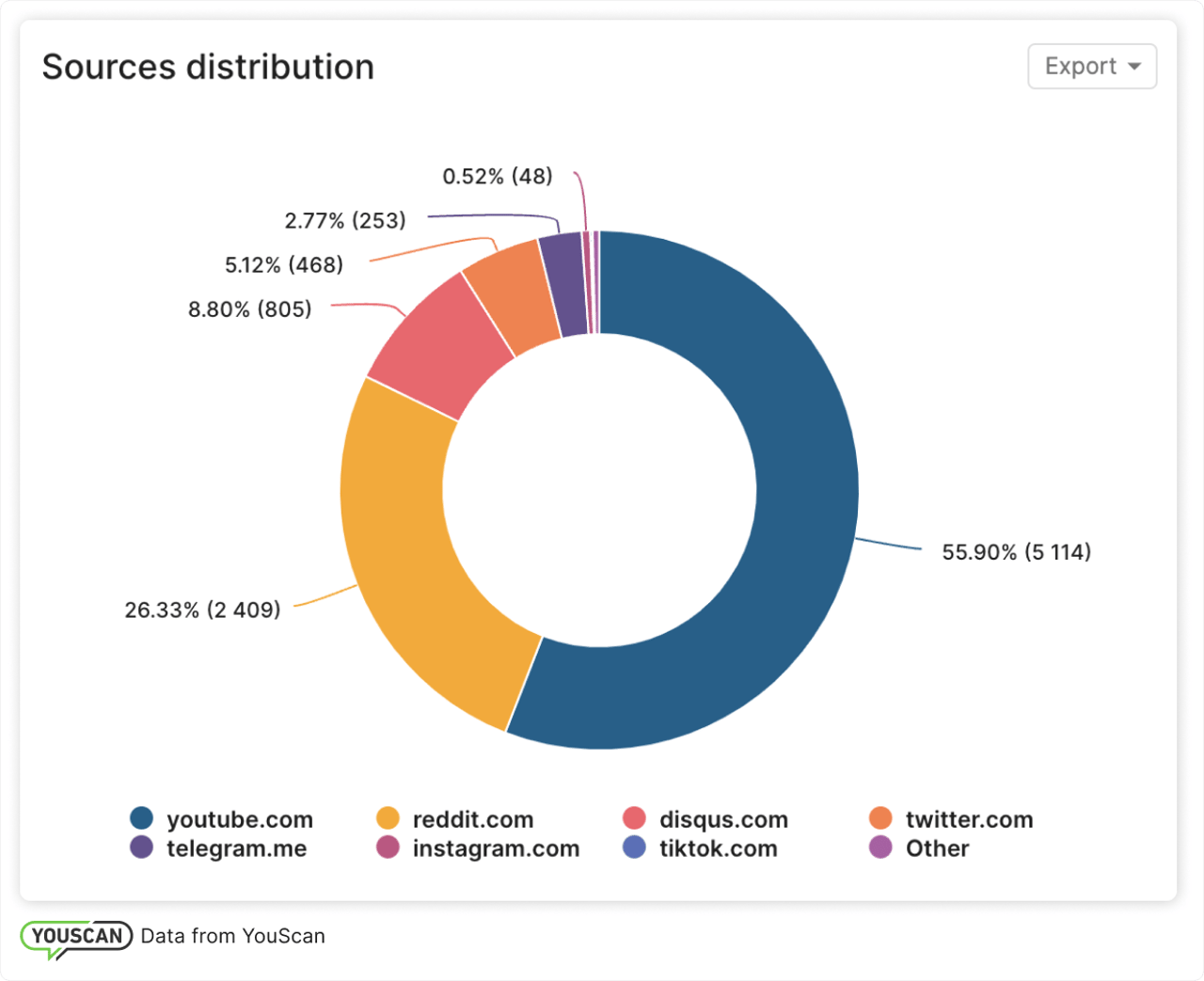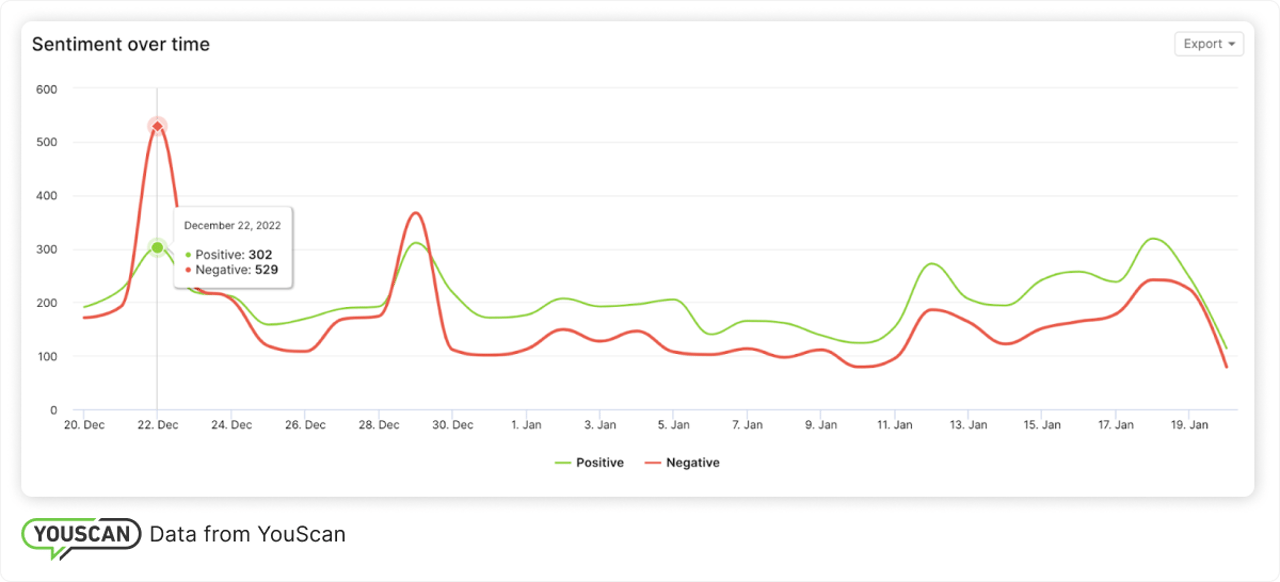Crisis communication: how to protect your brand reputation?

You can never be absolutely ready to deal with a scandal. However, creating a crisis communication strategy will help your brand to withstand the pressure of negative discussions around it. So how do you create a strategy and translate it into a clear and effective disaster communication plan? Learn from world-renowned brands and their cases.
What is crisis communication?
Crisis communication is a facet of public relations aimed at protecting a person, brand or company from facing a reputational crisis. It includes raising awareness of a threat and reducing its destructive impact. Crisis management can also consist of crisis prevention which involves measures that help resolve an incident before it turns into a big scandal.
Crisis communication strategy
It is almost impossible these days to avoid a reputational crisis in the modern world, especially for a world-famous brand. Instead, it is much better to have a crisis communication plan and with it a draft of future company actions before any scandal starts destroying the brand's reputation. There are several vital disaster communication strategies that a brand can keep on hand for this.
-1712239062.png)
-1712239062.png)
1. Social media crisis communication
When your company is in trouble, you can be sure that negative information will appear on social media very fast – sometimes even faster than news websites pick up on it. That’s why it is crucial to track mentions of your brand on social media and see which negative topics are gaining traction with more and more people. This will help you respond to them immediately. Social listening tools like YouScan allow you to see if there are any negative trends developing and send this information straight to your desktop.
In the picture below is shown Balenciaga’s recent scandal with the brand’s bondage bears collection. Lots of social media users associated it with child pornography rather than with a new fashion trend.
With social media data, the brand could have stopped the campaign with bondage bears before it caused the huge scandal it did.


Alternatively, the brand could have removed all the campaign pictures from its social media accounts and apologized earlier in order to avoid calls from people around the world to cancel it. Unfortunately, Balenciaga didn’t perform effective crisis communication in this case. The official position with an apology was published too late.
2. Spokesperson's official response
When a company doesn't manage to prevent a scandal, the best way to apologize is to involve an official representative. It not only shows that the company really cares about the problem but also builds confidence between customers and the brand.
One time, passengers of the aviation company JetBlue had to wait 10 hours for their flight whilst already on the tarmac and without any updates. The situation caused a huge scandal. The company could have apologized on social media or sent a press release to news websites. But JetBlue decided to film a video with the company's CEO, explaining the situation and how the brand will rectify it.
The video got almost 500 thousand views on YouTube, which was incredible for 2007 when the accident happened. The case has become one of the most successful examples of communication during the crisis in the history of the aviation industry.
.png)
.png)
3. Creative approach
Whilst this strategy is challenging to prepare in advance, it may bring the best results. The idea of this approach is to benefit from negative information. Let’s look at how it works in an example.
Recently the watch brand Casio got into trouble. The famous singer Shakira, who had recently divorced from football player Gerard Pique, mentioned in her new song that her ex-husband exchanged a luxury Rolex for a cheap Casio. This is how Shakira compares herself with her ex-husband's new girlfriend, a former waitress.
The music video received more than 150 million views and has obviously influenced Cassio's reputation in a negative way. First, the brand responded to Shakira’s song, but this reaction wasn’t enough.
-1675251486.png)
-1675251486.png)
As a second step, Casio launched a brand collaboration with Pique. The brand announced the agreement of a sponsorship deal for seven online football tournaments in which Pique would participate.
-1675251496.png)
-1675251496.png)
Thus, using collaboration with one of the most famous football players in the world, the brand has been able to get rid of associations of being cheap and not worthy of attention, a move which will definitely boost its sales.
Crisis communication plan
When it's too late to prevent a crisis, it is time to create an emergency communications plan. It may include lots of different steps, but here we will focus only on the steps relevant to the most common crisis communication cases.
1. Identify your crisis communication team
The brand will definitely need a dedicated team for effective corporate crisis communication. This group of people will be responsible for all key decisions and their implementation. The team could consist of top management, advisers, legal experts, and PR specialists.
2. Create a message
Determine what exactly you want to say and communicate all your future steps that will help to rectify the situation. Consider creating different messages for different audiences.
3. Spread it through the relevant channel
Analyze the sources where the negative information has been published and share your message only across these platforms. This will help avoid spreading awareness of the crisis and negative messages to a bigger audience. For instance, Balenciaga’s scandal happened on YouTube, Reddit, and Twitter. Therefore, these resources would be used to cover the main response and effectively create a successful crisis communication case.


4. Analyze the results
Did your efforts help deal with the scandal or just make matters and the hate towards your brand worse? To understand this, you can track social media mentions in real-time to see the sentiment of discussions around your brand. In the example below, there has been a spike in negative mentions of Pringles. However, the negative trend changed to positive just within a few days.


Crisis communication best practices
Dealing with crisis and emergency risk communication is difficult, but brands have managed to show good case examples and at times even benefit from the scandal.
Key learnings:
Be prepared for crises before they happen to your brand
Identify the spokesperson and crisis communication team
Choose a suitable strategy and create a clear step-by-step communication plan
Track results using social listening
If you want to learn more about how social media can help you to maintain and protect your brand reputation, check out YouScan and request a free demo.



.png)